As human activity continues to take a toll on the planet, ecosystems that once thrived have been pushed to the brink.
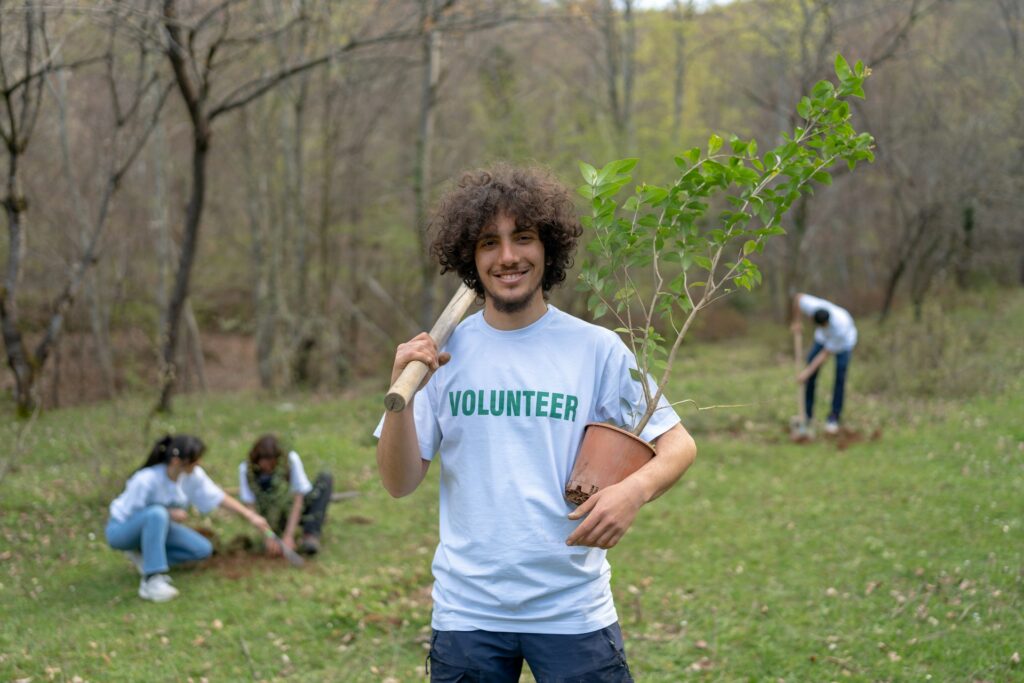
Deforestation, pollution, climate change, and habitat destruction have left many environments struggling to recover. However, there is hope. Around the world, conservationists, scientists, and local communities are working to restore damaged ecosystems, bringing life back to places that were once thought beyond repair. From large-scale reforestation projects to small changes individuals can make in their daily lives, here’s how nature is being given a second chance—and what you can do to help.
Reforestation is bringing forests back to life.

Deforestation has wiped out massive areas of the world’s forests, leading to biodiversity loss, increased carbon emissions, and disrupted ecosystems. However, large-scale reforestation projects are helping to restore these crucial habitats. Programs like The Great Green Wall in Africa and the Trillion Trees Initiative aim to plant billions of trees to combat desertification and climate change.
Planting native trees helps rebuild forests, improve air quality, and restore habitats for wildlife. You can contribute by supporting reforestation programs, donating to tree-planting initiatives, or even planting native trees in your own community.
Coral reef restoration is rebuilding underwater ecosystems.
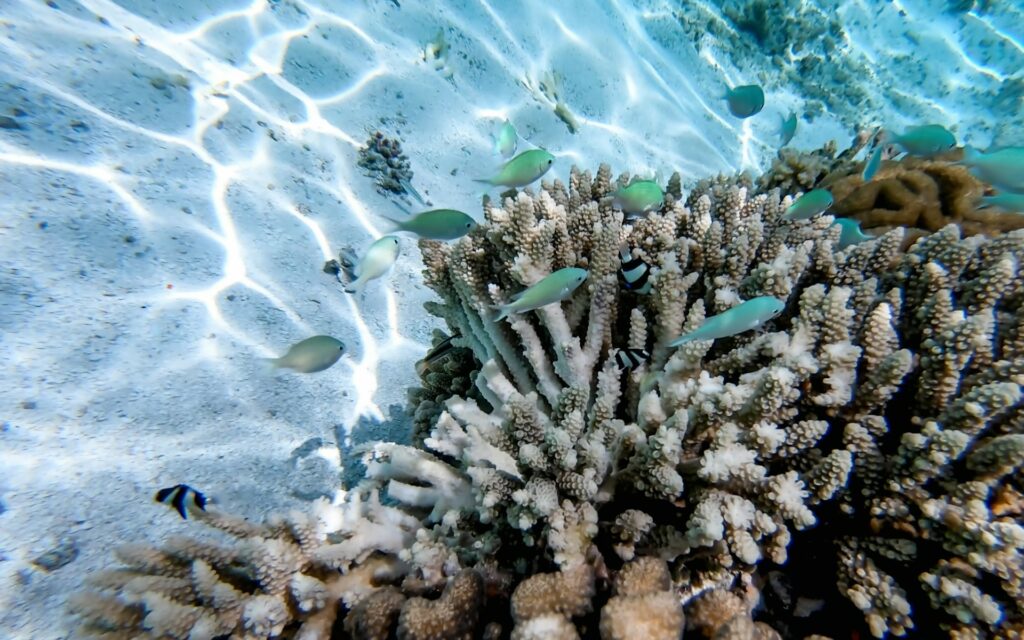
Coral reefs are often called the “rainforests of the sea” because they support an incredible diversity of marine life. However, rising ocean temperatures, pollution, and destructive fishing practices have led to widespread coral bleaching and reef degradation.
Coral restoration projects are helping reefs recover by growing new coral fragments in nurseries and transplanting them back into damaged reefs. Some organizations also use artificial reef structures to encourage coral growth and attract marine life. Supporting sustainable seafood choices, reducing plastic waste, and participating in reef-friendly tourism can help protect and restore these vital ecosystems.
Wetland conservation is helping absorb carbon and prevent flooding.

Wetlands act as natural water filters, carbon sinks, and buffers against storms and flooding, but they have been drained and destroyed for agriculture and development. Restoring wetlands by reintroducing native plants, controlling invasive species, and re-establishing natural water flows has proven to be an effective way to revive these ecosystems.
Many conservation groups focus on wetland protection, and individuals can help by supporting wetland restoration projects or reducing pollutants that enter water systems, such as pesticides and fertilizers.
Wildlife corridors are reconnecting fragmented habitats.
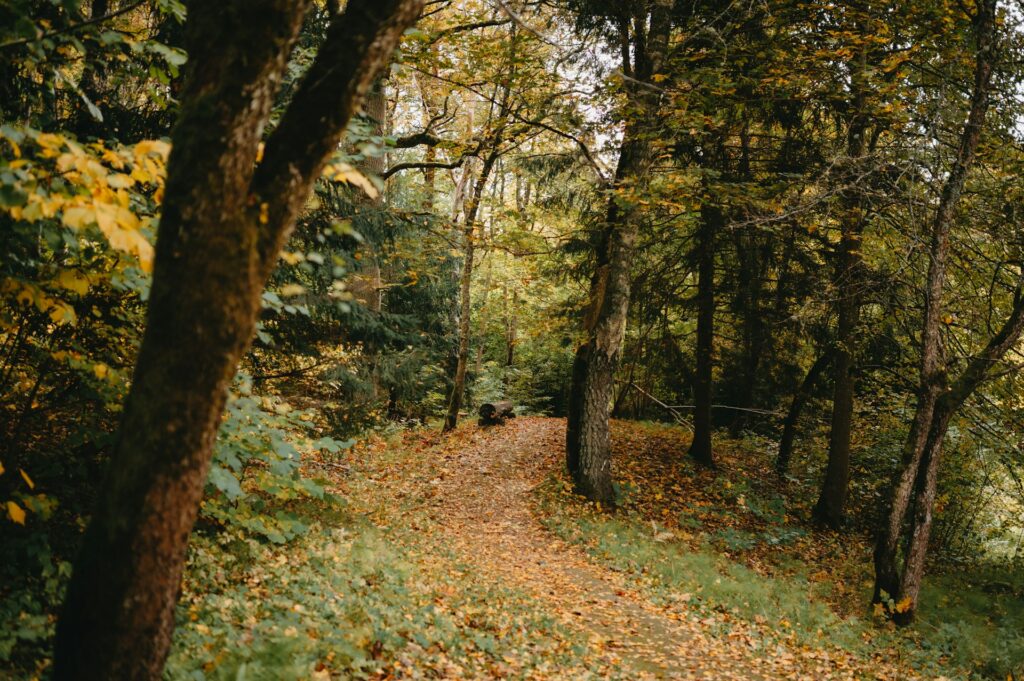
Many species struggle to survive because their habitats have been fragmented by roads, cities, and agricultural land. Wildlife corridors—natural passages that connect separate habitats—are being created to help animals move safely between areas without encountering human-made barriers.
Efforts like the Yellowstone to Yukon Conservation Initiative aim to link protected areas so animals like bears, wolves, and elk can roam freely. Even small-scale corridors, such as urban green spaces and garden wildlife pathways, can help local species thrive. Planting native vegetation in your garden and supporting policies that protect natural corridors can make a big difference.
Ocean cleanup projects are reducing plastic pollution.

The world’s oceans are choked with plastic waste, threatening marine life and disrupting delicate ecosystems. Large-scale cleanup efforts, such as The Ocean Cleanup project, use technology to remove plastic from the ocean, while beach cleanup initiatives help prevent waste from entering waterways in the first place.
Individuals can reduce ocean pollution by cutting down on single-use plastics, properly disposing of waste, and participating in local cleanup events. Small changes, such as using reusable bags and bottles, can have a major impact over time.
Sustainable farming is restoring soil health.

Intensive farming has led to soil degradation, making land less fertile and more vulnerable to erosion. However, regenerative agriculture practices—such as crop rotation, cover cropping, and reduced pesticide use—are helping restore soil health and biodiversity.
Supporting organic and regenerative farming practices by purchasing sustainably grown food, composting, and reducing food waste can contribute to healthier soils and more resilient ecosystems.
Reintroducing keystone species is reviving ecosystems.

Keystone species, such as wolves, beavers, and sea otters, play a crucial role in maintaining the balance of ecosystems. When these species are removed, entire habitats can collapse. Conservationists have successfully reintroduced several keystone species to areas where they had disappeared, leading to remarkable ecological recoveries.
For example, the reintroduction of wolves to Yellowstone National Park helped restore balance to the food chain, reducing overgrazing by elk and allowing forests and rivers to recover. Supporting wildlife conservation efforts and advocating for the protection of keystone species can help ensure these successes continue.
Urban green spaces are bringing nature back into cities.

Cities are often seen as concrete jungles, but efforts to create more green spaces are helping restore ecosystems in urban environments. Rooftop gardens, tree-lined streets, and urban wildlife reserves provide habitats for birds, pollinators, and other species.
You can help by planting native plants, supporting local green initiatives, and advocating for more green spaces in urban planning. Even small efforts, like creating a garden with pollinator-friendly plants, can make a difference in restoring biodiversity.
Fisheries management is helping replenish marine life.
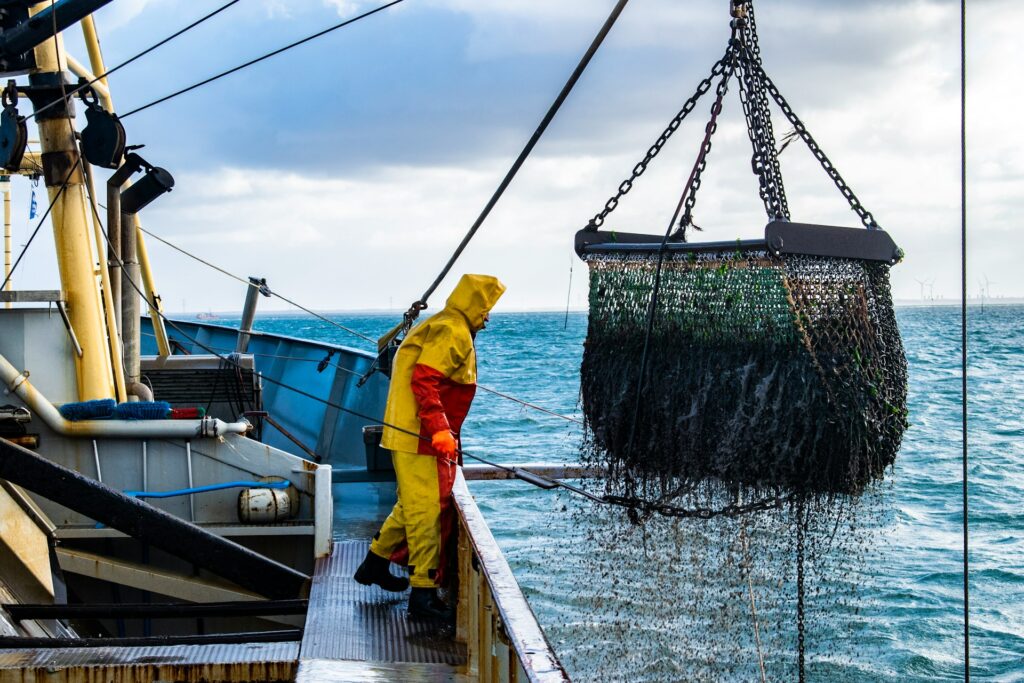
Overfishing has depleted fish populations, throwing marine ecosystems out of balance. However, sustainable fishing practices, marine protected areas, and stricter regulations are helping fish stocks recover.
Consumers can support sustainable seafood by choosing fish that are certified by organizations like the Marine Stewardship Council (MSC) or opting for plant-based alternatives. Being mindful of seafood choices helps protect marine biodiversity and ensures future generations can enjoy healthy oceans.
Fighting invasive species is protecting native wildlife.
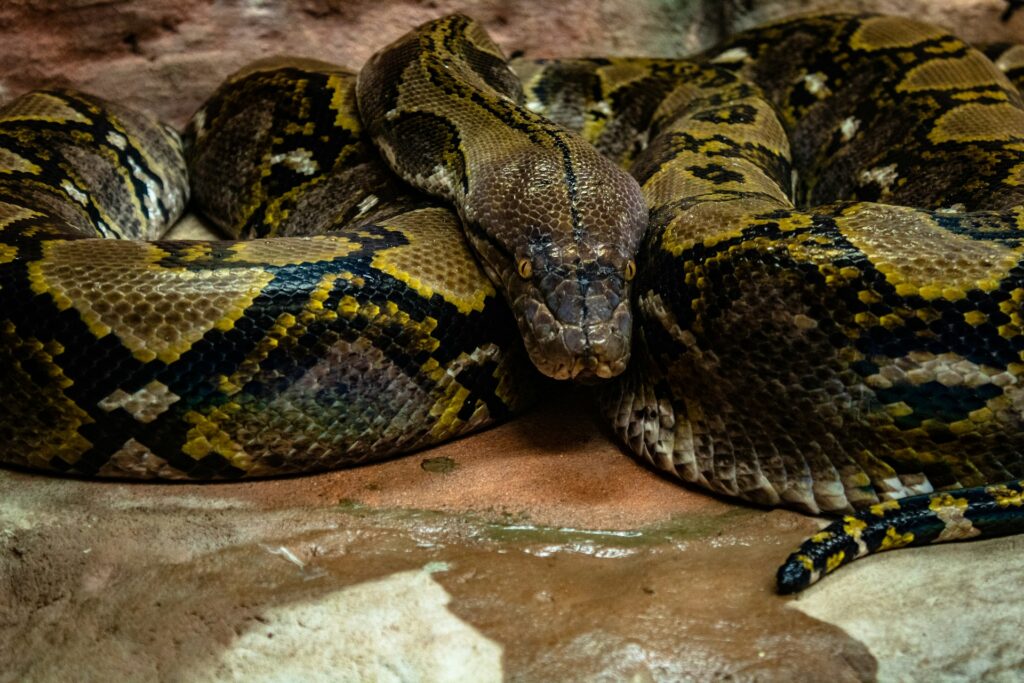
Invasive species often outcompete native plants and animals, disrupting ecosystems and reducing biodiversity. Efforts to control invasive species include removing them manually, introducing natural predators, and restoring native vegetation.
Individuals can help by avoiding the release of non-native plants and animals into the wild, supporting invasive species removal programs, and planting native species in their own gardens.
Reducing carbon emissions is slowing climate-related damage.
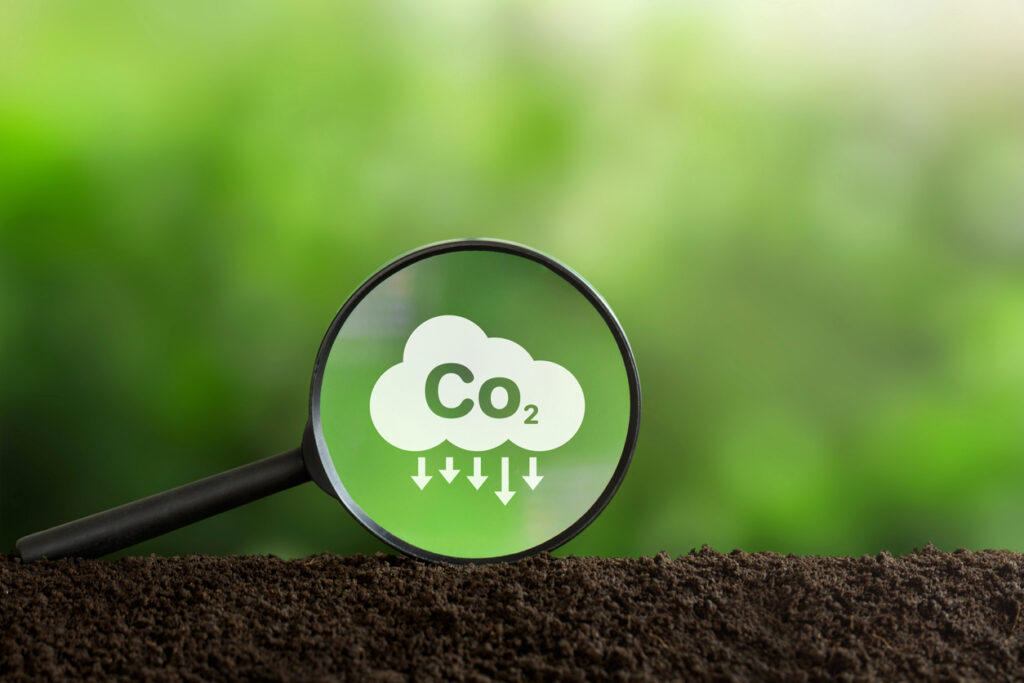
Climate change is one of the biggest threats to ecosystems worldwide, causing habitat loss, extreme weather, and shifts in species populations. Efforts to reduce carbon emissions—such as transitioning to renewable energy, increasing energy efficiency, and protecting carbon-absorbing ecosystems like forests and wetlands—are crucial for restoring balance.
You can contribute by reducing energy use, using public transport or electric vehicles, supporting renewable energy initiatives, and advocating for policies that address climate change. Even small actions, like eating more plant-based foods and reducing unnecessary consumption, can lower your carbon footprint.
What you can do to help restore ecosystems
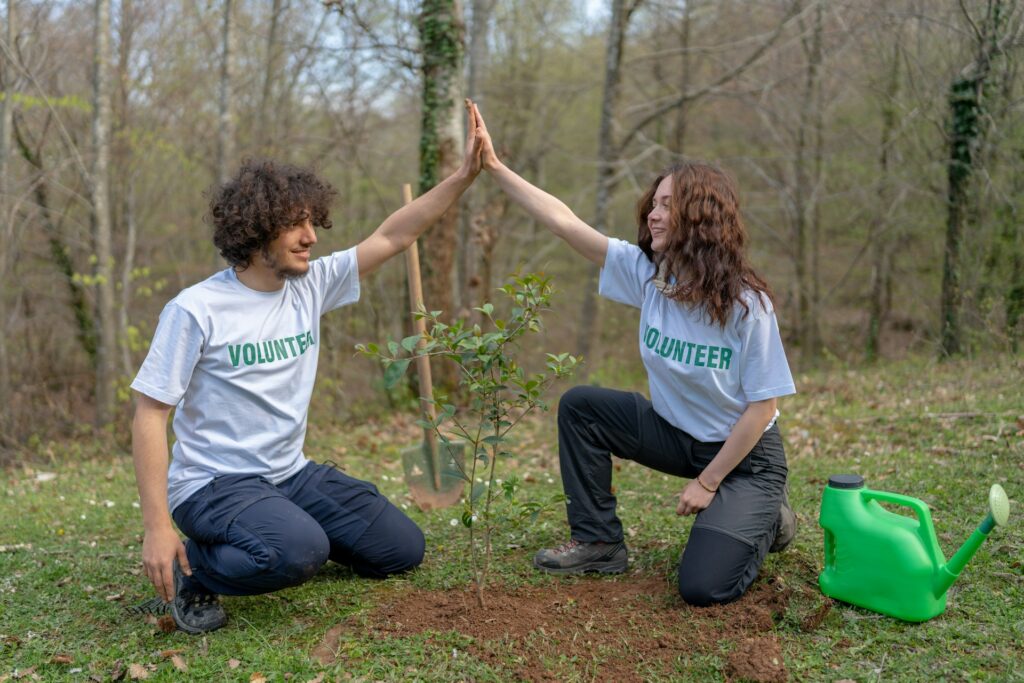
While large-scale projects are essential, individuals play a crucial role in restoring and protecting ecosystems. Here are a few simple ways you can contribute:
Support conservation organizations – Donating or volunteering with groups that focus on ecosystem restoration can help fund critical projects.
Plant native species – Whether in your backyard, balcony, or community garden, planting native vegetation supports local wildlife and improves biodiversity.
Reduce waste and pollution – Minimizing plastic use, properly disposing of waste, and using eco-friendly products help protect land and water ecosystems.
Be mindful of your food choices – Choosing sustainably sourced seafood, reducing food waste, and supporting local farmers promote healthier ecosystems.
Educate and spread awareness – Sharing information about ecosystem restoration efforts helps inspire others to take action.
By making small, conscious choices, individuals can contribute to the global effort to restore damaged ecosystems. Nature has an incredible ability to heal, and with our help, we can ensure that the planet’s most fragile environments continue to thrive for generations to come.